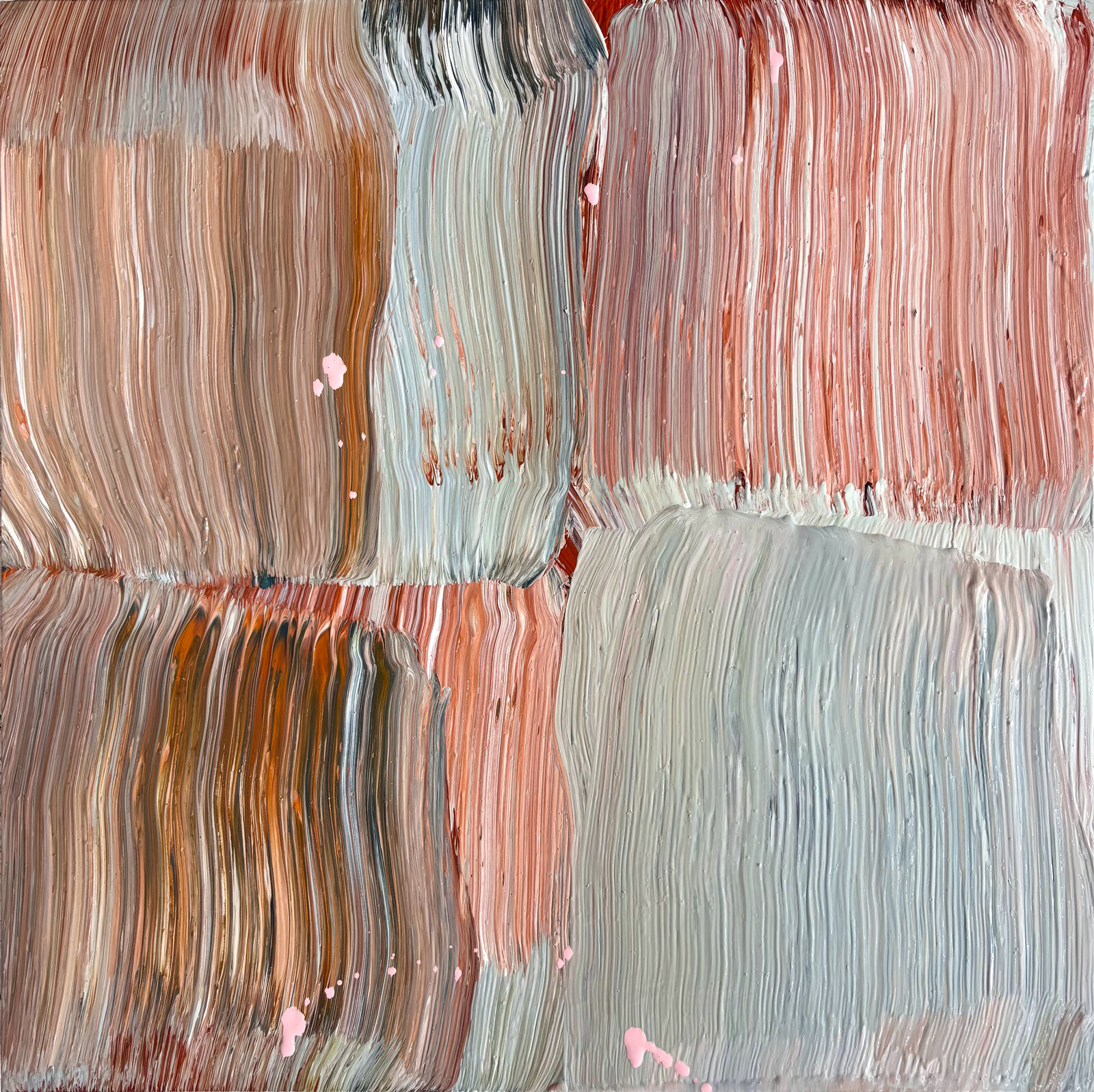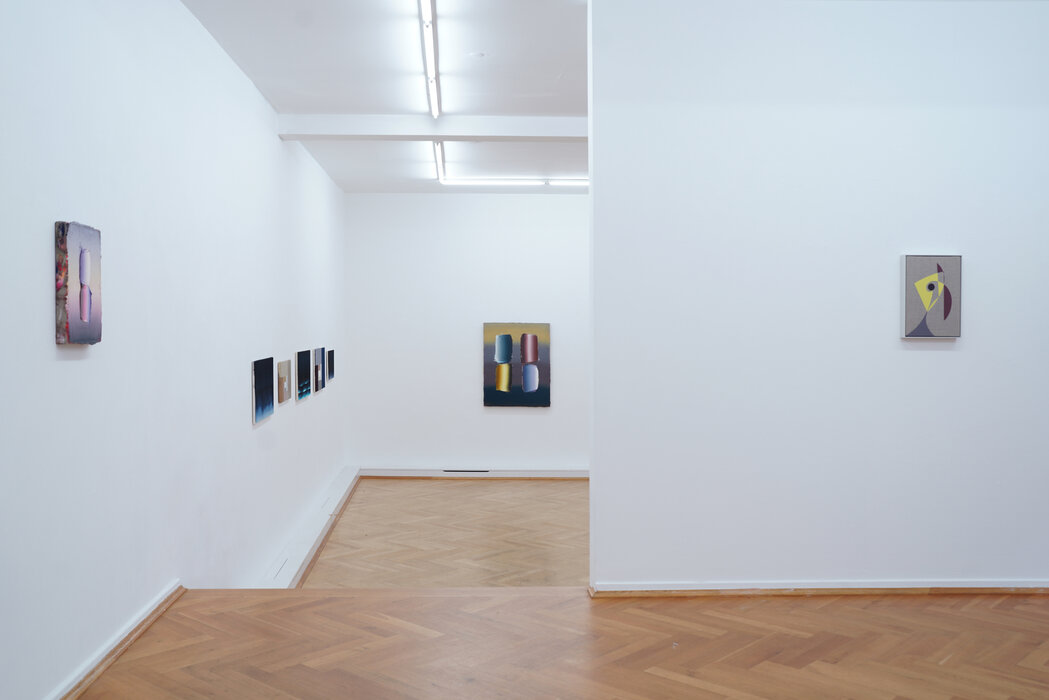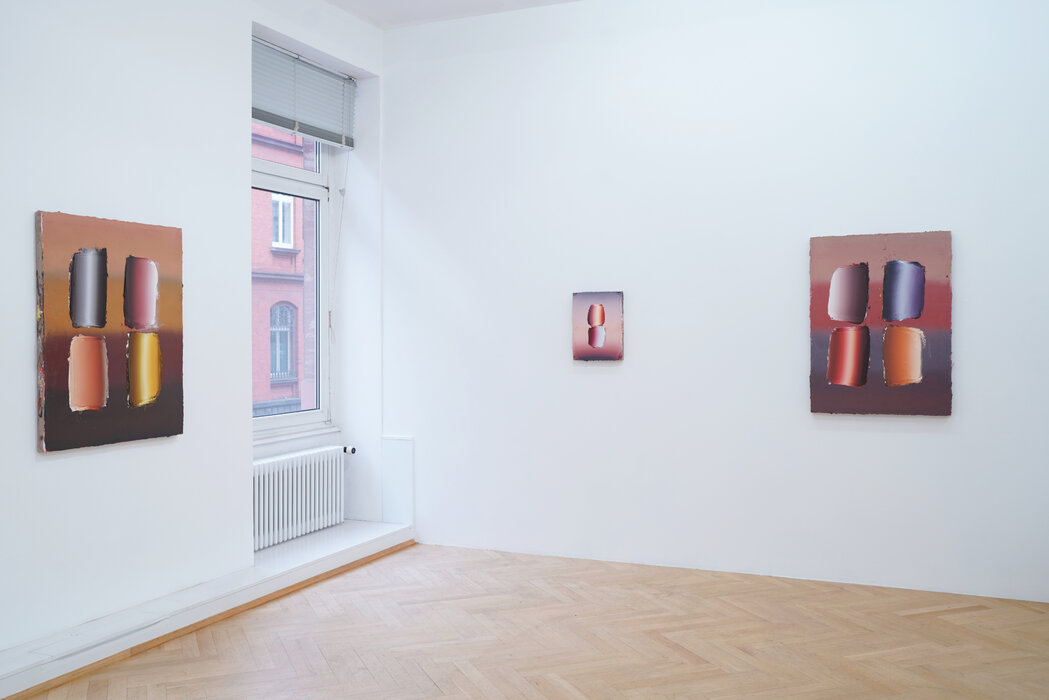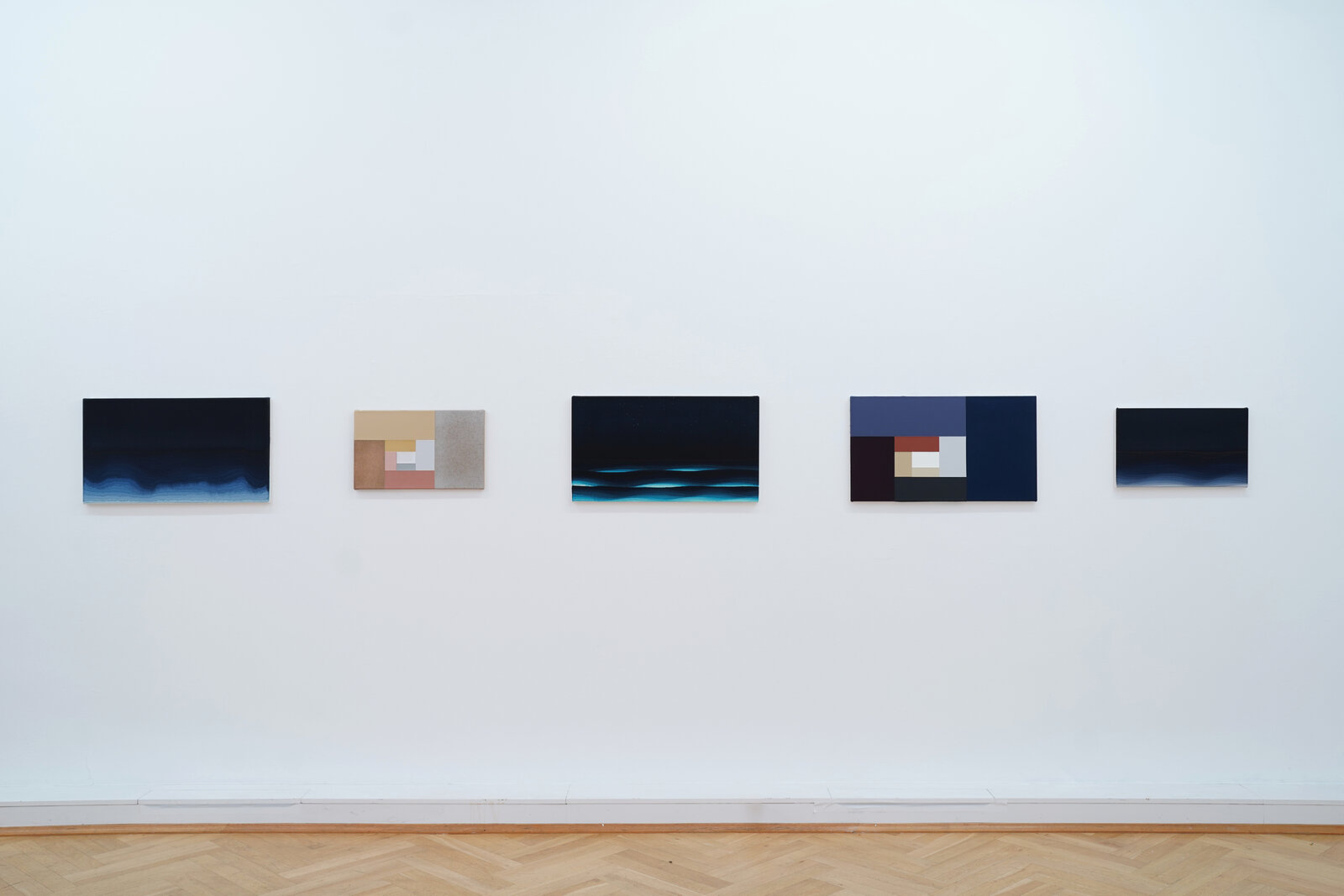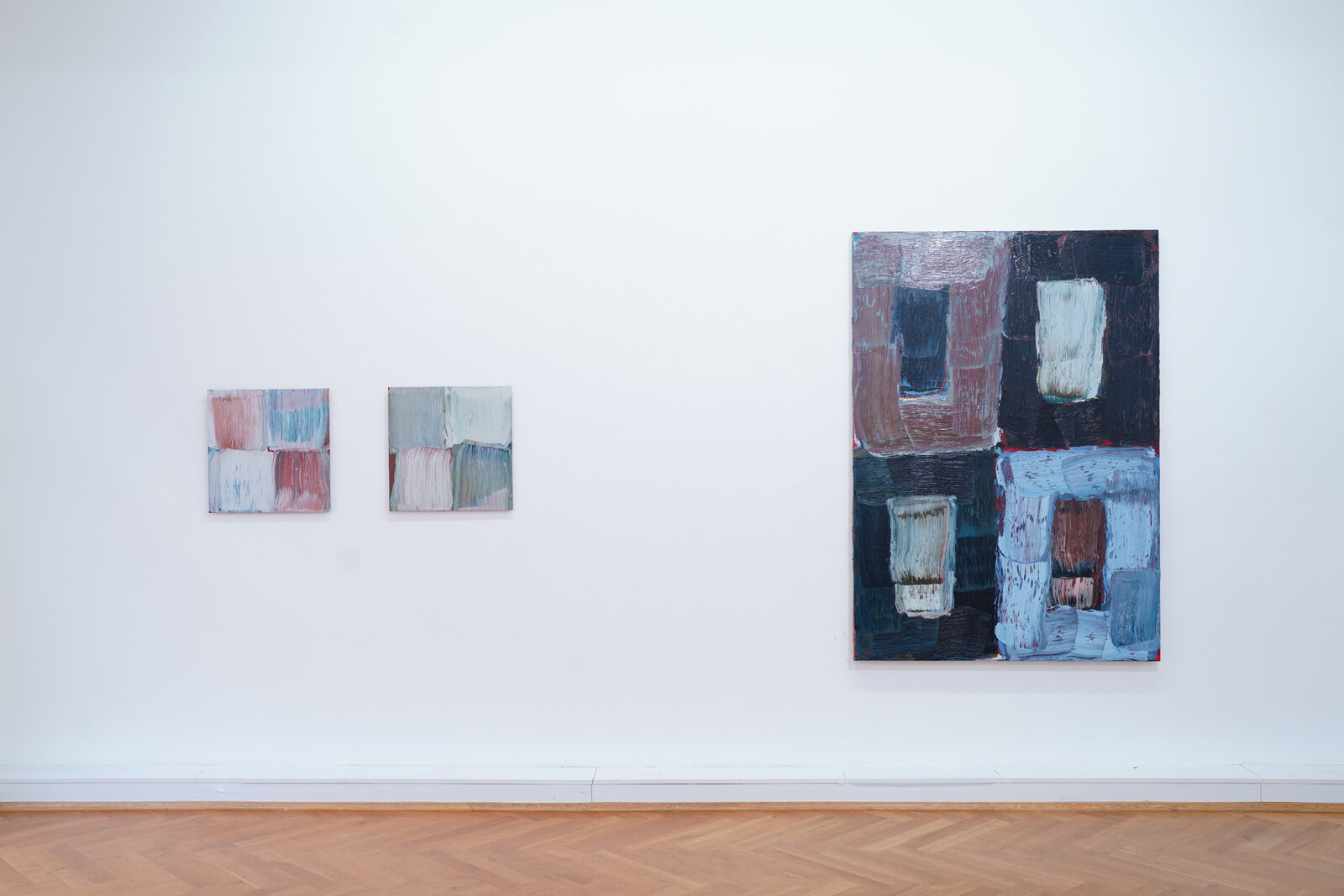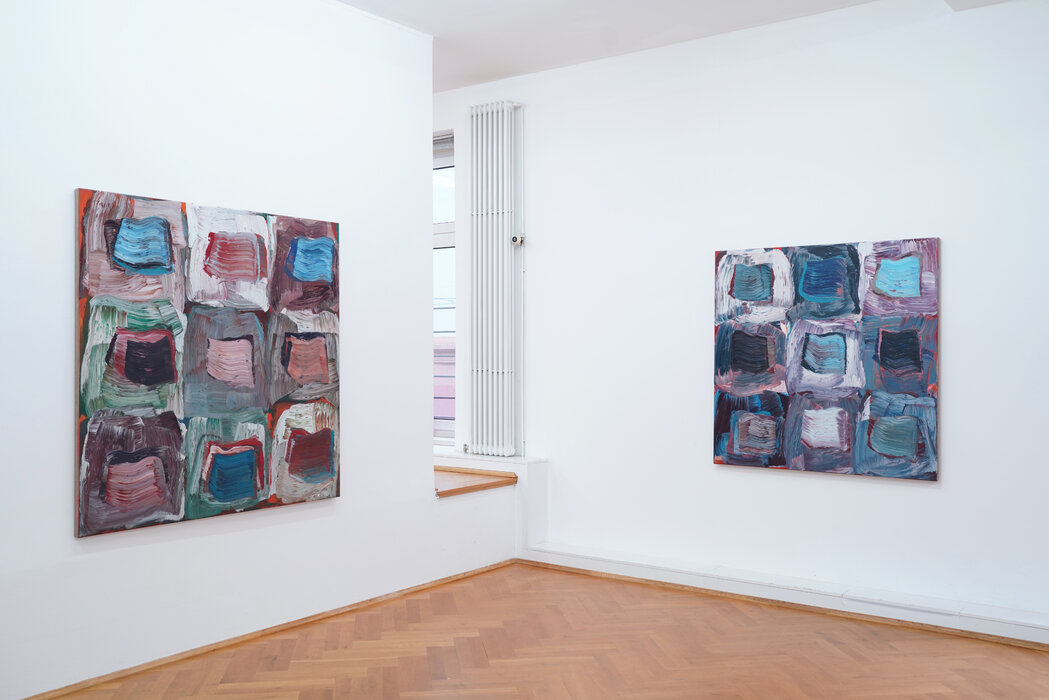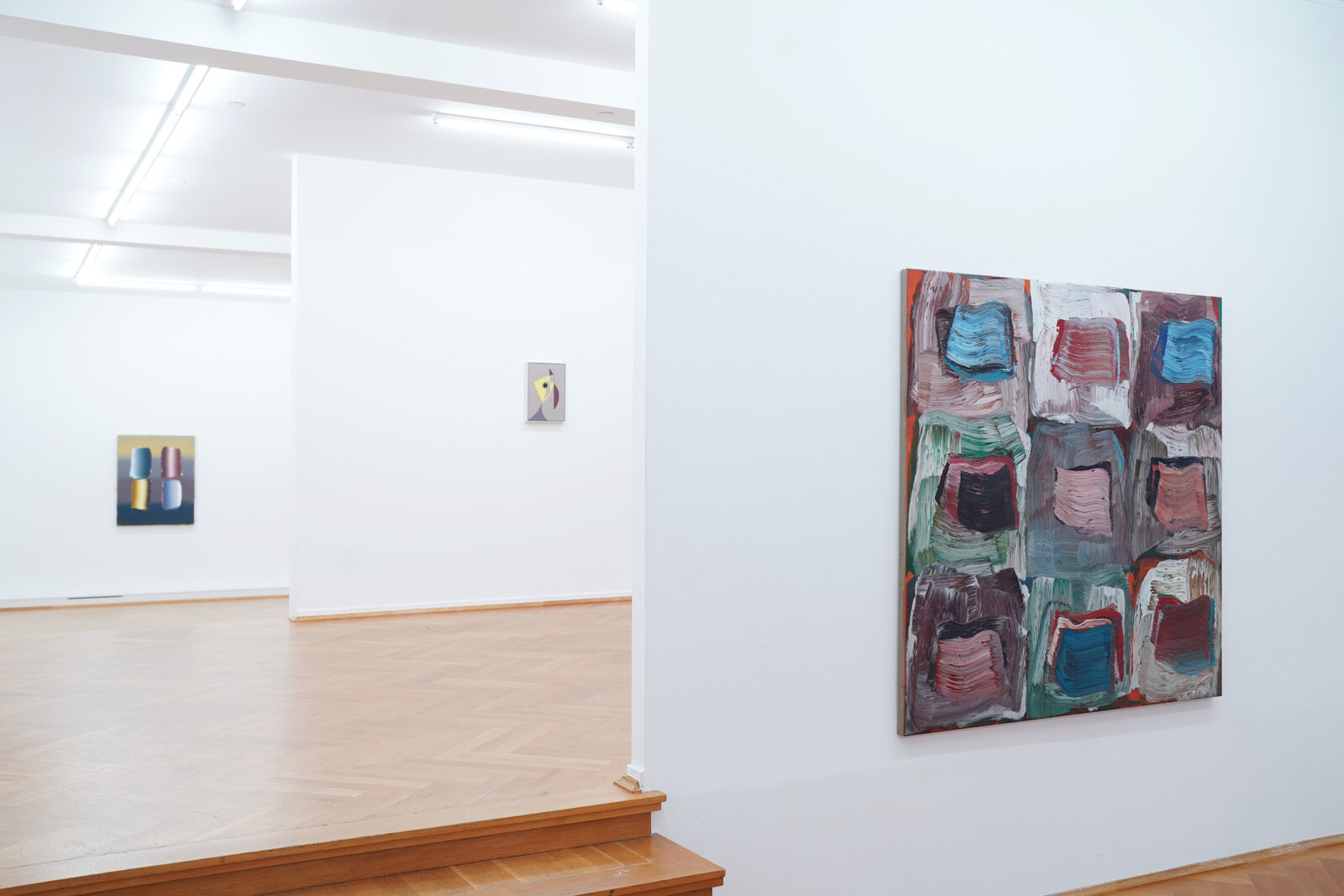Fields Unbound
04.12.2025 - 31.01.2026
Opening: Wednesday, 3 December 2025, from 6 p.m.
Exhibition dates: 4 December 2025 – 31 January 2026
The group exhibition Fields Unbound brings together four artistic positions – Lucienne O’Mara, Anna Leonhardt, Giacomo Santiago Rogado and Albrecht Schnider – whose works re-examine the possibilities and limits of painterly practice. Here, painting no longer appears as a neatly defined discipline, but as an open field that enters into dialogue with material, space and perception.
Traditionally, painting has been understood as the art of the surface: pigment on canvas, bound to gesture, composition and pictorial space. Yet contemporary painterly practice has moved far beyond this definition. It breaks open the classical notion of the panel painting and seeks expansion through movement, temporality, process and perception. The term “expanded painting” – repeatedly invoked since the 1960s – points to this act of opening: painting is no longer defined solely by technique, but by attitude and by thinking.
In the work of Lucienne O’Mara, this idea emerges in the tension between structure and dissolution. Her point of departure is the grid, that archetypal order which became a symbol of rational clarity in modernism. Yet O’Mara subverts this order – layers of colour, blurring and movement allow the system to breathe, shifting it towards the organic. Here, painting becomes an act of perception itself: an attempt to understand seeing as something fluid and alive.
Anna Leonhardt, by contrast, approaches painting through the physical experience of material. Her dense, impasto colour fields develop through layering, scraping back and reworking, until a vibrating plasticity rises from the surface. In Leonhardt’s work, colour is not a medium but a body. It generates spaces that oscillate between abstraction and presence – painting as an energetic state that keeps the gaze in motion.
In the practice of Giacomo Santiago Rogado, technique and intuition merge into a poetic enquiry of pictorial space. His works often arise from processes that give equal weight to chance and control: colour gradients, reflections and iridescent surfaces extend the image into the surrounding space. Rogado understands painting as a field of experience – a sensorial realm in which light and perception become inseparably intertwined.
Finally, Albrecht Schnider works with a reduced and precise formal language that appears detached at first glance, yet reveals great sensitivity on closer inspection. His flat colour fields and amorphous forms move between figure and abstraction, between image and projection. Here, too, painting becomes a reflection on seeing – a quiet dialogue between form and imagination.
Together, these four positions demonstrate that painting is no longer a closed system. It is open, permeable, processual – a mode of thinking in colour that reaches beyond the image itself. The exhibition invites viewers to reconsider painting: not as a fixed category, but as a language that continually unfolds – in movement, in space, in perception.
Exhibition dates: 4 December 2025 – 31 January 2026
The group exhibition Fields Unbound brings together four artistic positions – Lucienne O’Mara, Anna Leonhardt, Giacomo Santiago Rogado and Albrecht Schnider – whose works re-examine the possibilities and limits of painterly practice. Here, painting no longer appears as a neatly defined discipline, but as an open field that enters into dialogue with material, space and perception.
Traditionally, painting has been understood as the art of the surface: pigment on canvas, bound to gesture, composition and pictorial space. Yet contemporary painterly practice has moved far beyond this definition. It breaks open the classical notion of the panel painting and seeks expansion through movement, temporality, process and perception. The term “expanded painting” – repeatedly invoked since the 1960s – points to this act of opening: painting is no longer defined solely by technique, but by attitude and by thinking.
In the work of Lucienne O’Mara, this idea emerges in the tension between structure and dissolution. Her point of departure is the grid, that archetypal order which became a symbol of rational clarity in modernism. Yet O’Mara subverts this order – layers of colour, blurring and movement allow the system to breathe, shifting it towards the organic. Here, painting becomes an act of perception itself: an attempt to understand seeing as something fluid and alive.
Anna Leonhardt, by contrast, approaches painting through the physical experience of material. Her dense, impasto colour fields develop through layering, scraping back and reworking, until a vibrating plasticity rises from the surface. In Leonhardt’s work, colour is not a medium but a body. It generates spaces that oscillate between abstraction and presence – painting as an energetic state that keeps the gaze in motion.
In the practice of Giacomo Santiago Rogado, technique and intuition merge into a poetic enquiry of pictorial space. His works often arise from processes that give equal weight to chance and control: colour gradients, reflections and iridescent surfaces extend the image into the surrounding space. Rogado understands painting as a field of experience – a sensorial realm in which light and perception become inseparably intertwined.
Finally, Albrecht Schnider works with a reduced and precise formal language that appears detached at first glance, yet reveals great sensitivity on closer inspection. His flat colour fields and amorphous forms move between figure and abstraction, between image and projection. Here, too, painting becomes a reflection on seeing – a quiet dialogue between form and imagination.
Together, these four positions demonstrate that painting is no longer a closed system. It is open, permeable, processual – a mode of thinking in colour that reaches beyond the image itself. The exhibition invites viewers to reconsider painting: not as a fixed category, but as a language that continually unfolds – in movement, in space, in perception.
Exhibited works

Anna Leonhardt
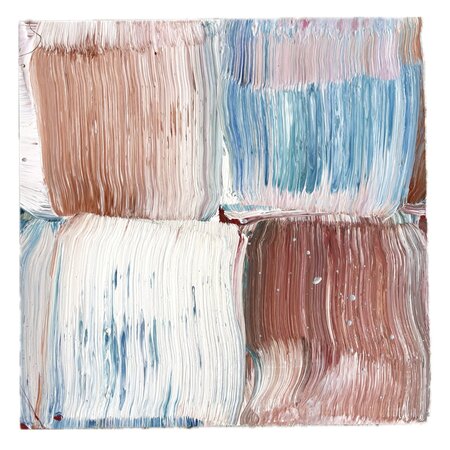
Lucienne O' Mara
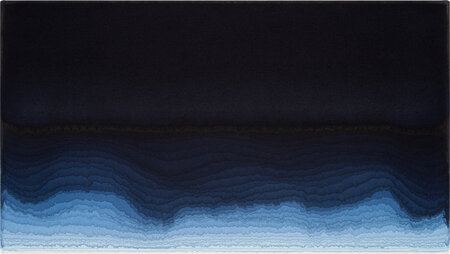
Giacomo Santiago Rogado
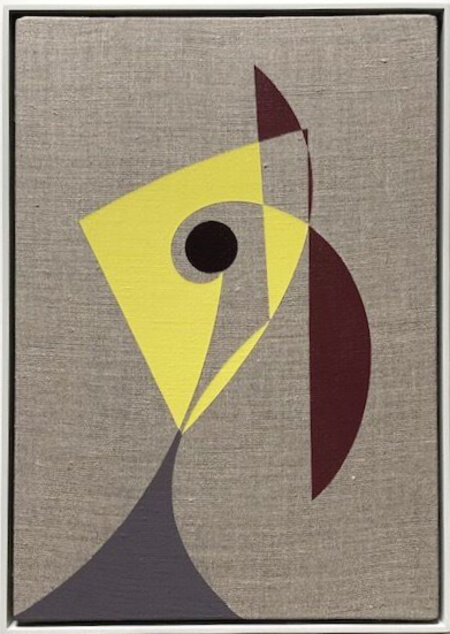
Albrecht Schnider
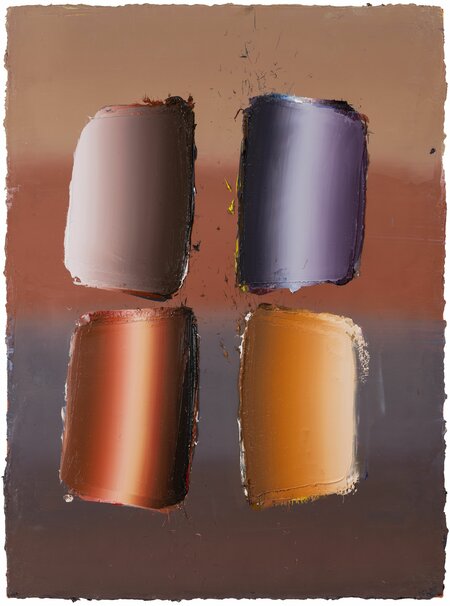
Anna Leonhardt
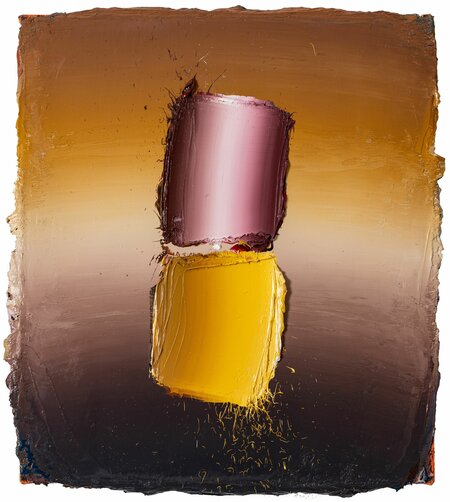
Anna Leonhardt

Lucienne O' Mara
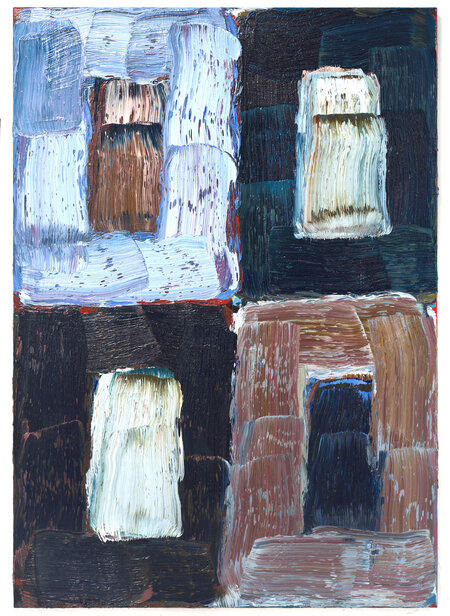
Lucienne O' Mara
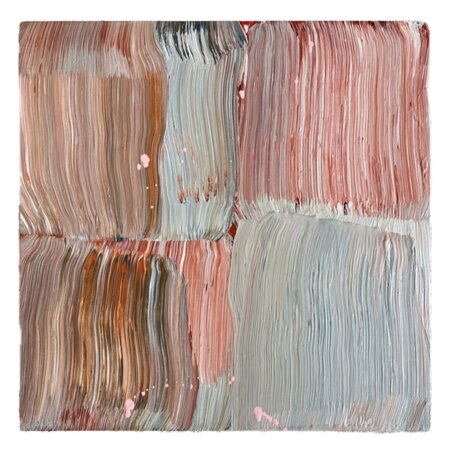
Lucienne O' Mara
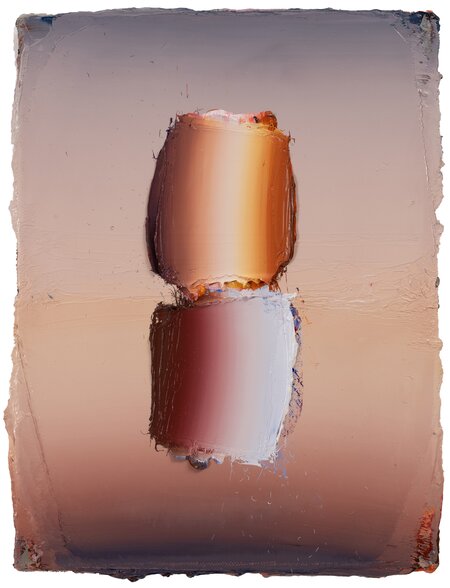
Anna Leonhardt
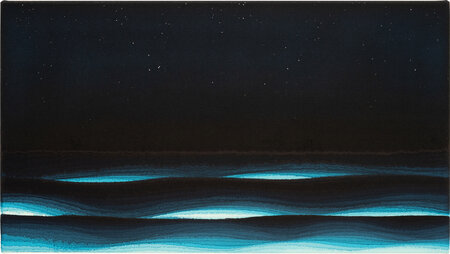
Giacomo Santiago Rogado

Anna Leonhardt
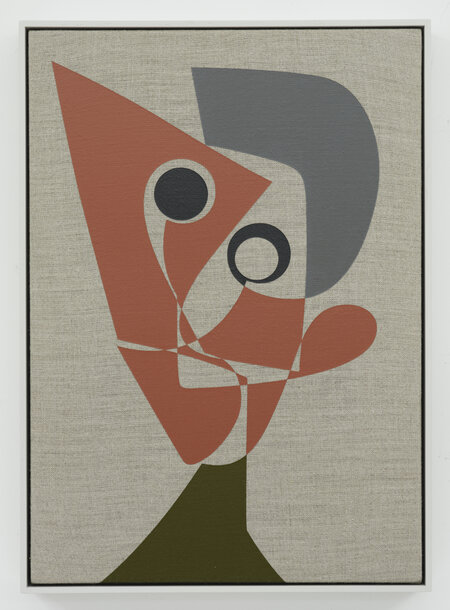
Albrecht Schnider
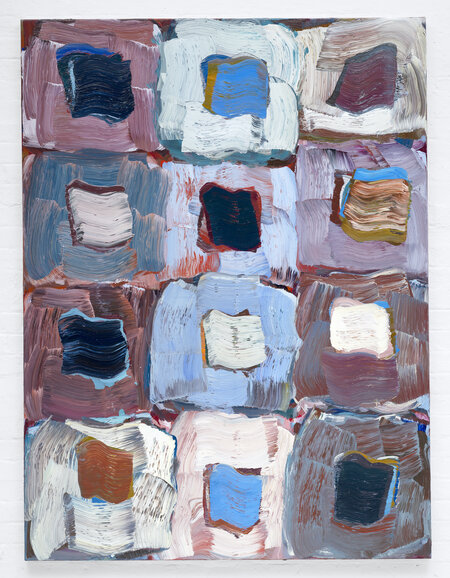
Lucienne O' Mara
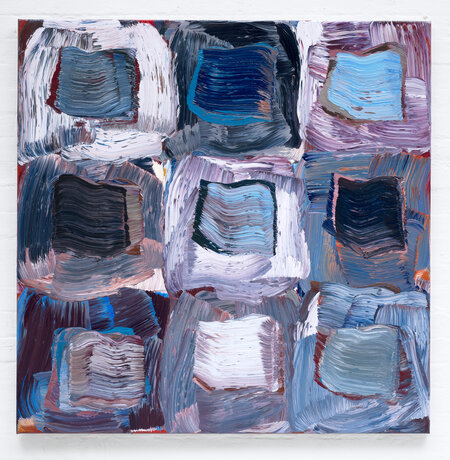
Lucienne O' Mara
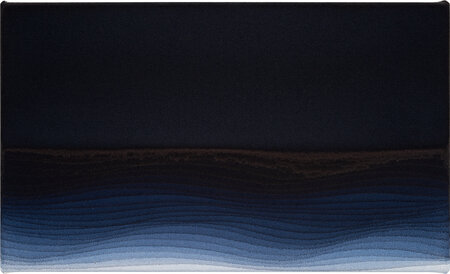
Giacomo Santiago Rogado

Anna Leonhardt
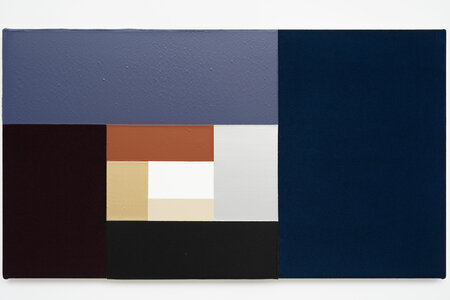
Giacomo Santiago Rogado
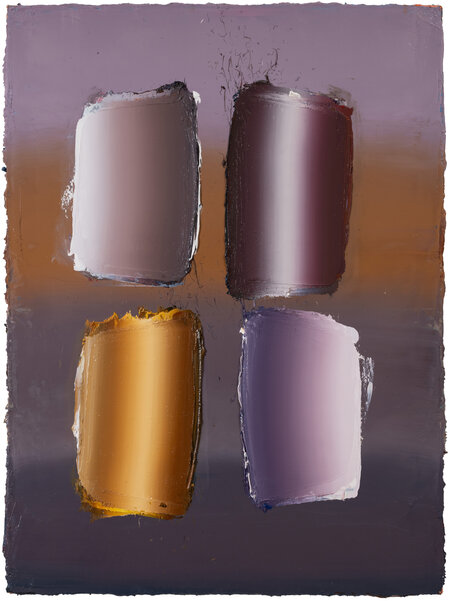
Anna Leonhardt

Lucienne O' Mara
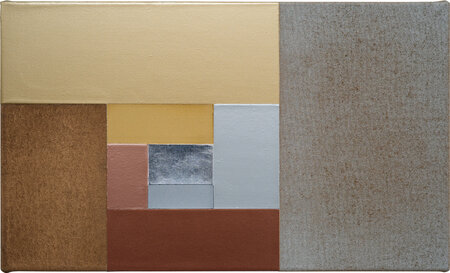
Giacomo Santiago Rogado
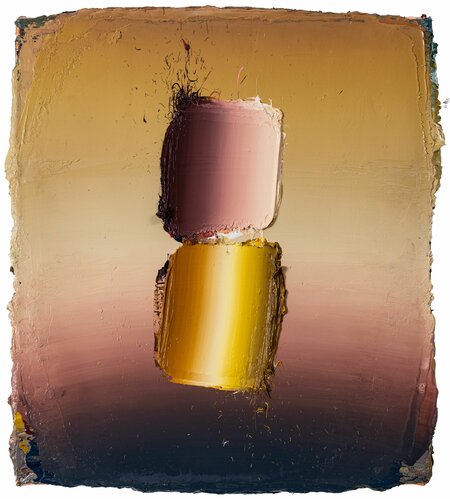
Anna Leonhardt
